Trimming a bird’s nails might seem like a daunting task for many pet owners. These delicate creatures can become easily stressed during handling, and their tiny nails require precision and care. However, nail maintenance is an essential aspect of avian health care that shouldn’t be overlooked. Overgrown nails can cause pain, lead to foot problems, and even result in dangerous snags on cage materials or clothing.
The good news is that with proper technique, preparation, and patience, you can make nail trimming a relatively stress-free experience for both you and your feathered friend. This comprehensive guide will walk you through everything you need to know about safely trimming your bird’s nails while keeping stress levels to a minimum.
Understanding Why Birds Need Nail Trims
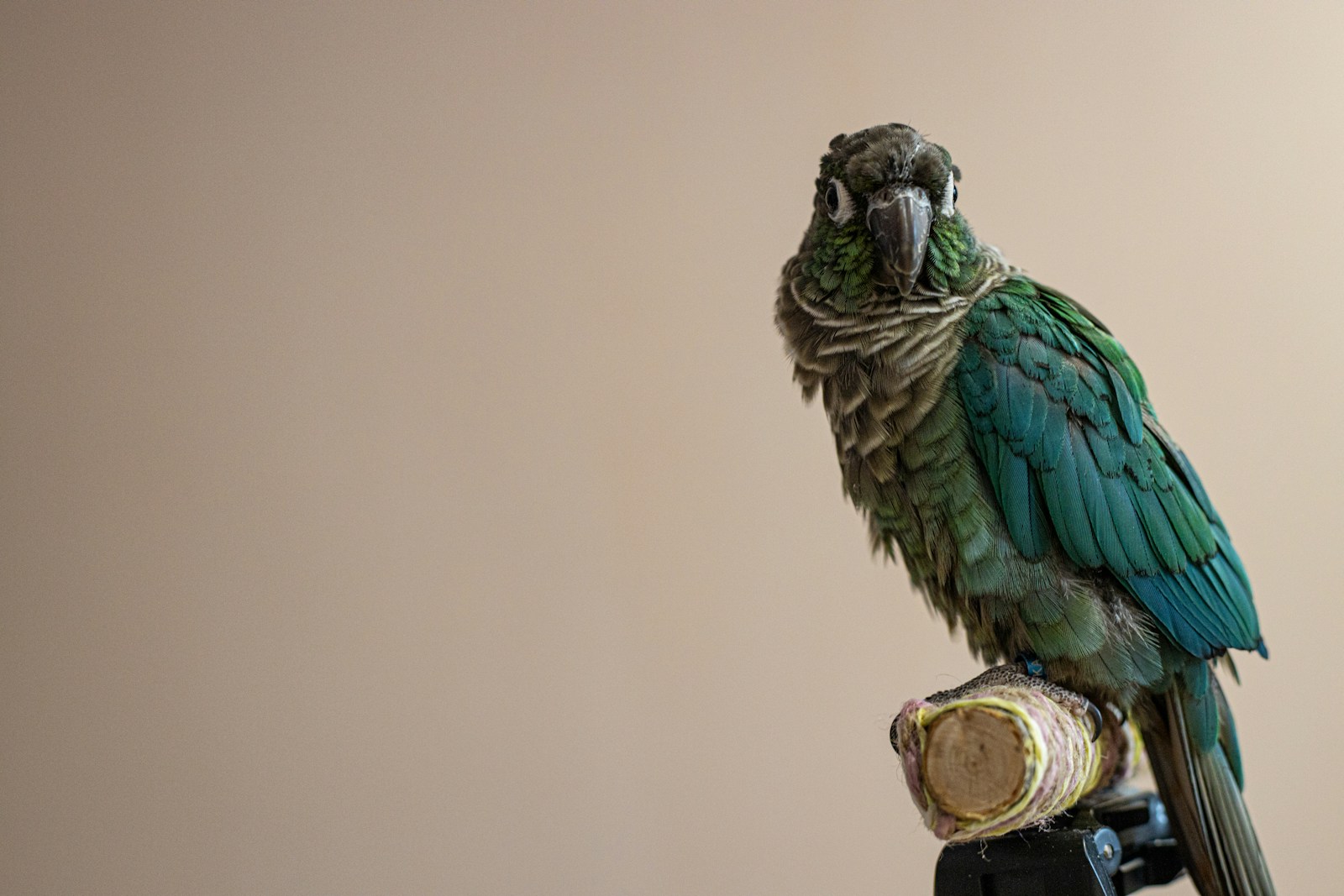
In the wild, birds naturally wear down their nails through climbing, foraging, and interaction with rough surfaces. However, pet birds living in cages with smooth perches often don’t have the opportunity to naturally file their nails, leading to overgrowth. Overgrown nails can curl and potentially grow into the foot pad, causing pain, infection, and mobility issues. They can also make it difficult for birds to perch properly, leading to balance problems and potential foot deformities over time.
Additionally, excessively long nails may get caught in cage bars, toys, or clothing, which can result in broken toes or legs if the bird panics and tries to escape. Regular nail maintenance is, therefore, a crucial component of responsible bird ownership and overall avian wellness.
Recognizing When It’s Time for a Trim
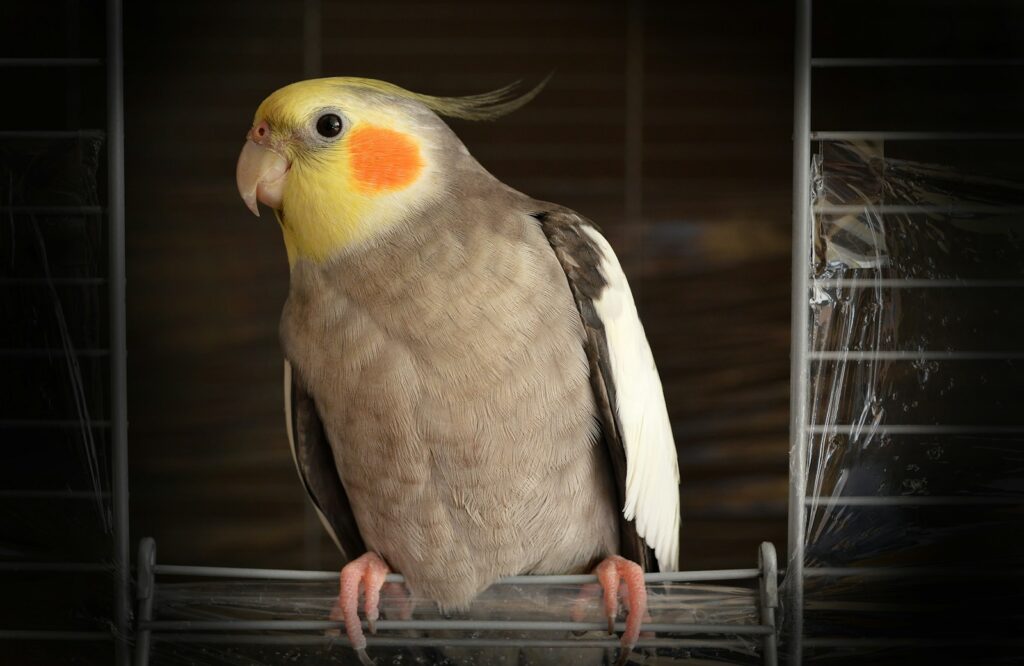
Determining when your bird needs a nail trim requires careful observation of their feet and behavior. The most obvious sign is visibly long nails that extend well beyond the natural curve and appear sharp at the tips. You might notice your bird getting caught on cloth materials, cage accessories, or even your clothing more frequently than usual. Some birds may start to have difficulty perching or show discomfort when standing, shifting their weight unusually or favoring one foot over another.
Changes in their grip when they perch on your finger can also indicate overgrown nails, as they might feel sharper or seem to wrap further around your finger. A healthy nail should have a gentle curve and not extend too far beyond the toe, though exact length varies by species.
Gathering the Proper Equipment
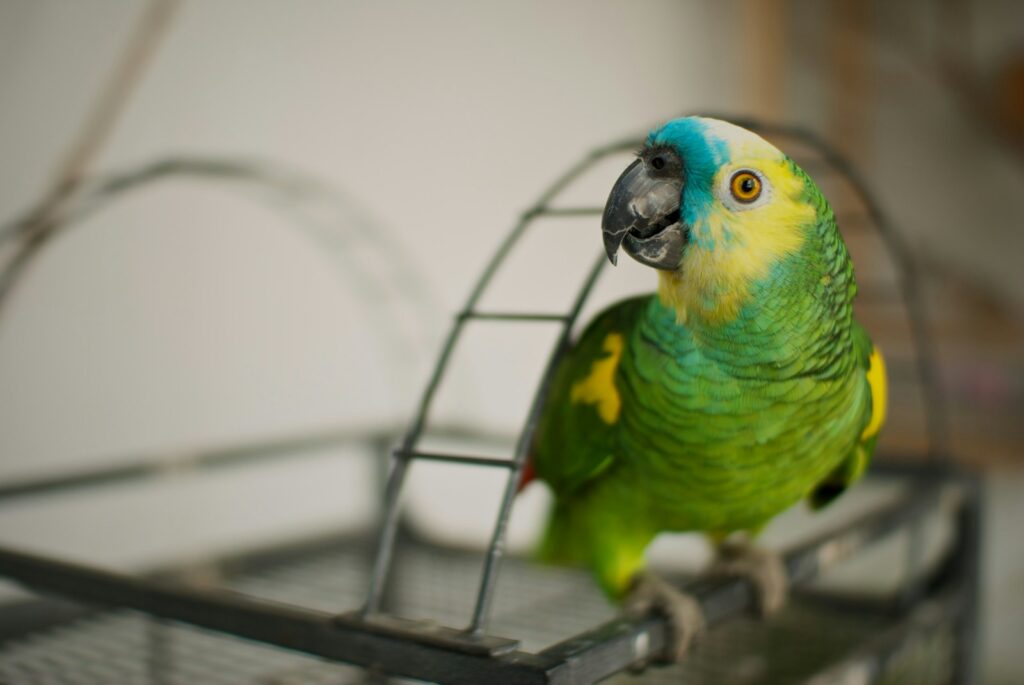
Having the right tools on hand is essential for a safe and efficient nail trimming session. The most important item is a pair of nail clippers specifically designed for birds or small animals—human nail clippers are generally too large and can crush or split the nail. Some bird owners prefer specialized pet nail scissors, which offer precision for smaller species. A styptic powder (such as Kwik Stop) is a must-have emergency item to stop bleeding if you accidentally cut the quick, which is the blood vessel inside the nail.
Good lighting is crucial, preferably natural daylight or a bright directional lamp that allows you to see the quick inside lighter-colored nails. Additionally, keep a clean, soft towel ready for gently restraining your bird if necessary, and prepare a favorite treat to reward your bird after the procedure is complete.
Understanding Bird Nail Anatomy
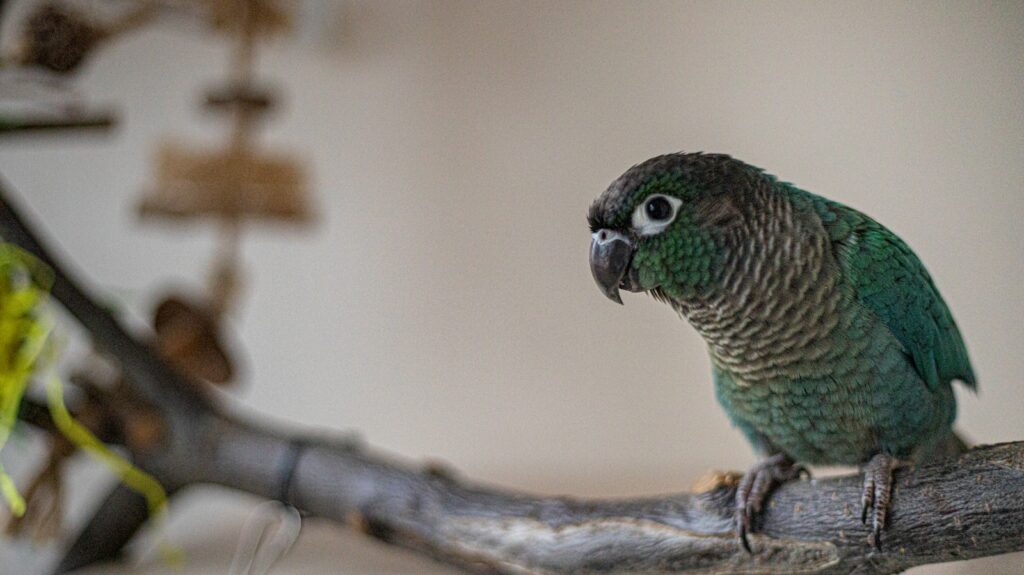
Before attempting to trim your bird’s nails, it’s essential to understand their basic anatomy. Each nail contains a quick—a blood vessel and nerve supply that runs partially through the nail. In birds with light-colored nails, the quick appears as a pinkish area within the nail, making it easier to avoid. However, in dark-nailed birds, the quick is not visible, making trimming more challenging and requiring extra caution.
The quick extends further in overgrown nails, and it will recede over time with regular trimming. The outer portion of the nail is made of keratin and contains no nerves or blood vessels, making it safe to trim. It’s important to note that the quick can actually grow longer in birds with chronically overgrown nails, so gradual, regular trimming is safer than infrequent, dramatic cuts.
Creating a Calm Environment
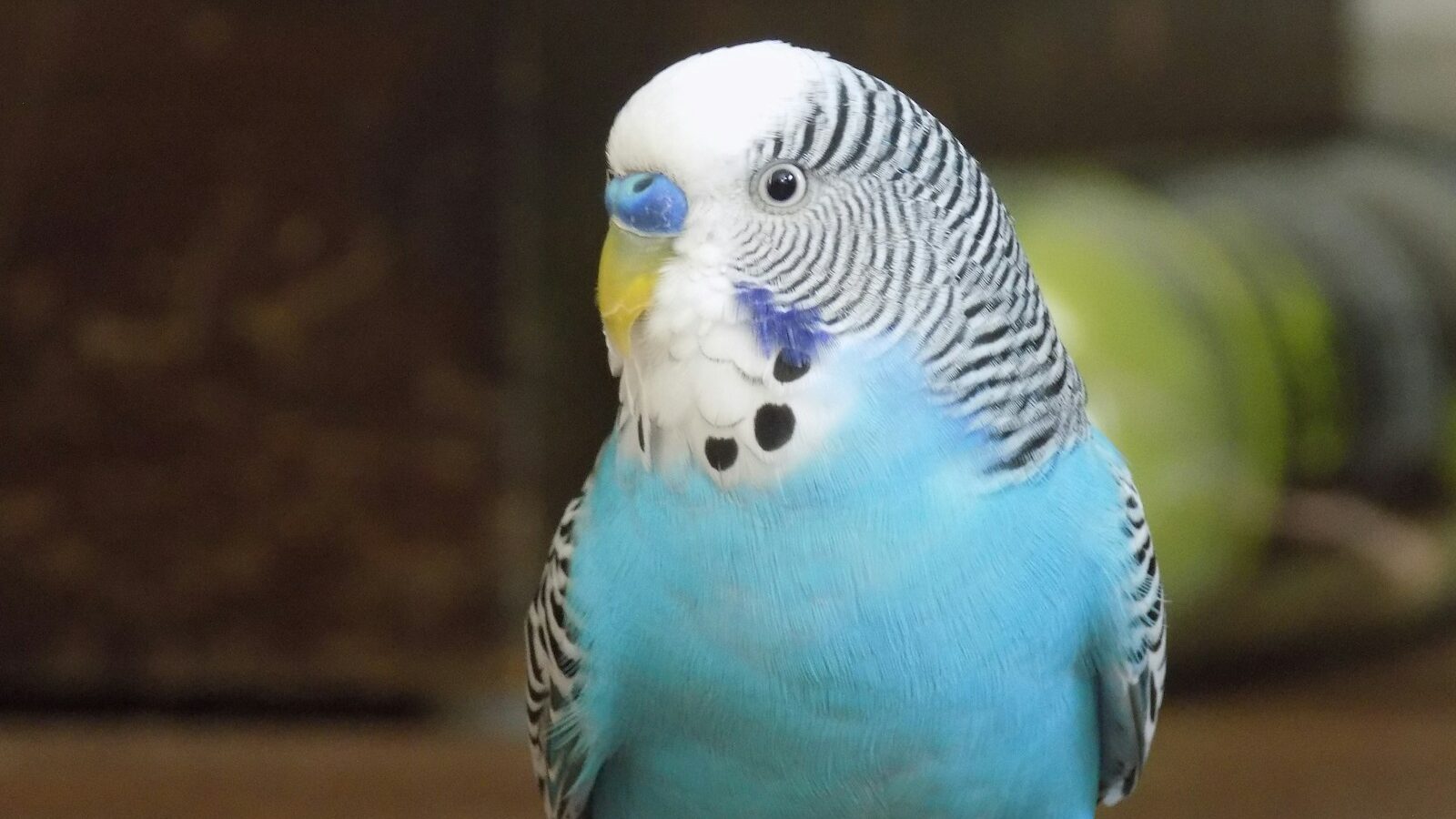
The setting in which you trim your bird’s nails can significantly impact their stress levels during the procedure. Choose a quiet room free from distractions, loud noises, or other pets that might cause your bird anxiety. Close windows and doors to prevent escape attempts and eliminate drafts that could startle your bird. Dimming the lights slightly can have a calming effect on many bird species, though you’ll still need adequate lighting to see what you’re doing. Play soft, familiar background sounds that your bird associates with safety and routine.
Timing is also crucial—select a moment when your bird is naturally calm, such as after a meal, rather than during their active periods. Creating a positive association with the space by spending relaxed time there before attempting nail trims can also help reduce your bird’s stress response.
Acclimating Your Bird to Handling
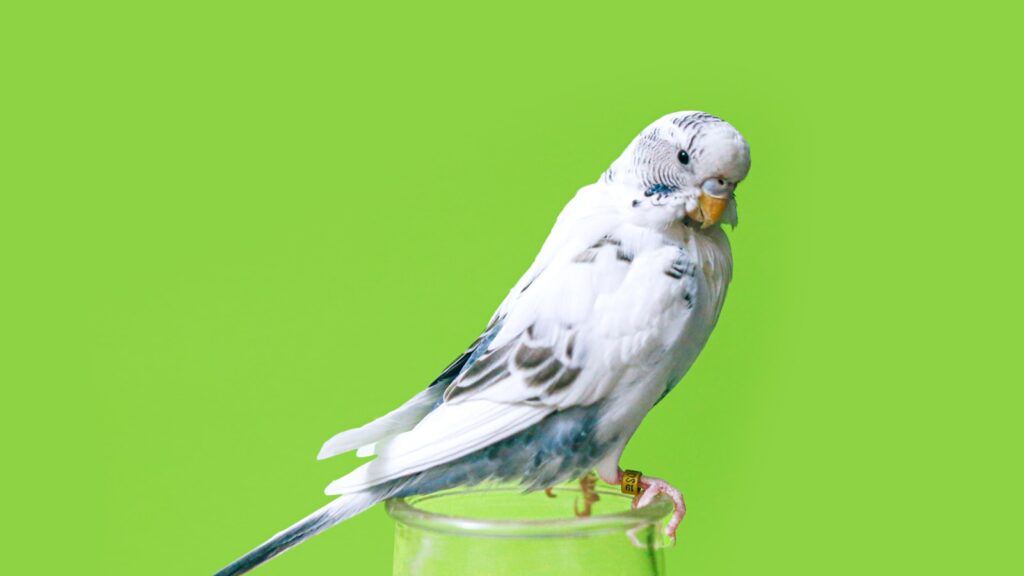
Birds that are unaccustomed to having their feet touched will naturally resist nail-trimming efforts. Begin conditioning your bird to foot handling well before you need to trim their nails. Start by gently touching your bird’s legs during regular interaction, then gradually work up to briefly holding their feet for a few seconds. Reward this tolerance immediately with verbal praise and favorite treats to create positive associations. Practice regularly, gradually increasing the duration of foot handling until your bird remains calm while you manipulate their toes and feet.
For particularly skittish birds, try wrapping a finger with a soft cloth and using it to touch their feet, mimicking the sensation of the trimming process. This desensitization training may take days or weeks, depending on your bird’s temperament, but investing this time upfront will make actual nail trimming sessions much less stressful.
The Towel Restraint Method
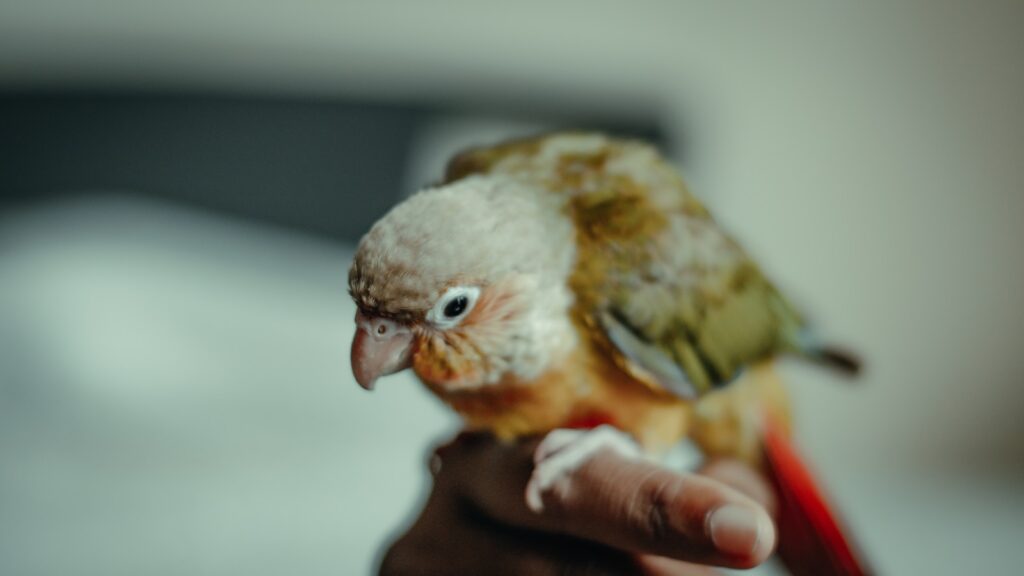
For birds that aren’t fully hand-tamed or tend to become overly anxious during handling, the towel restraint method offers a secure approach to nail trimming. Start with a soft, clean towel that’s large enough to wrap around your bird’s body but not so bulky that it causes overheating. Gently place the towel over your bird’s back and wrap it around their body, leaving only the foot to be trimmed exposed. The gentle pressure of the towel often has a calming effect similar to swaddling a baby.
Ensure the towel is secure but not tight—your bird should be able to breathe comfortably without feeling constricted. Keep your bird’s head uncovered if possible to reduce stress, and speak in soothing tones throughout the process. This method works particularly well with a helper: one person can hold the wrapped bird while the other performs the actual trimming.
The Partner Method for Nail Trimming
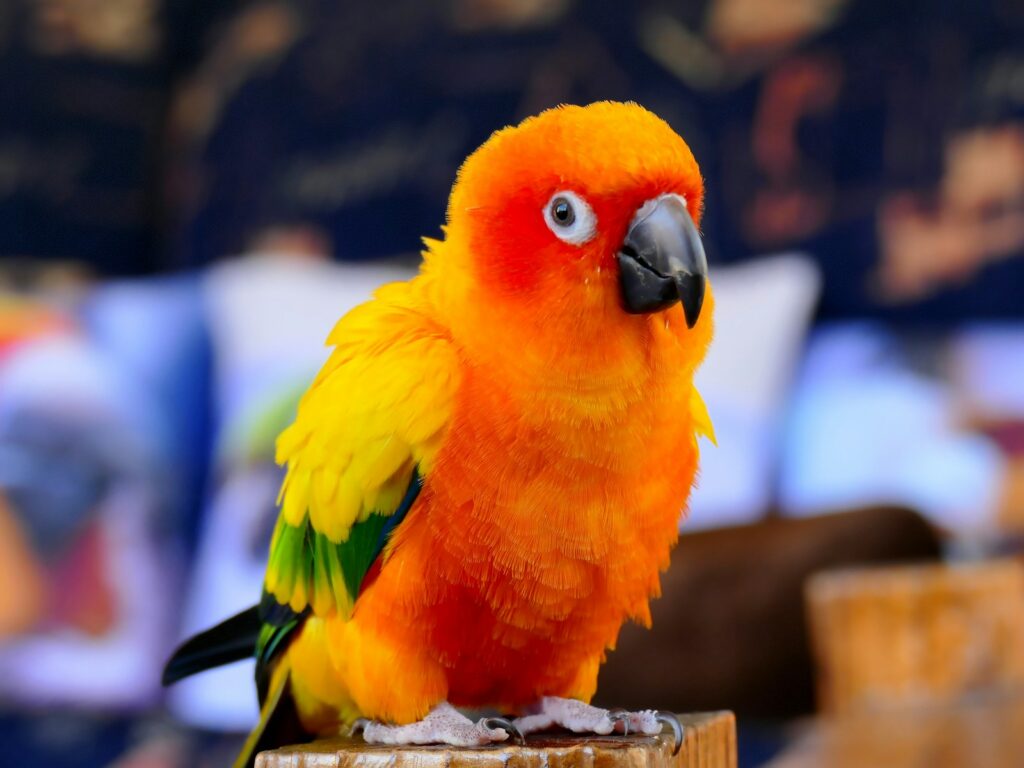
Enlisting a helper can significantly reduce the stress and difficulty of trimming your bird’s nails. In this approach, one person gently holds the bird while the other performs the actual trimming. The holder should support the bird’s body comfortably but securely, with one hand cradling the bird’s back and the other very gently controlling the head if necessary. The trimmer then carefully extends each toe and clips only the very tip of the nail, working quickly but calmly.
Communication between partners is crucial—establish clear signals for when to pause or if the bird is becoming too stressed. This method is particularly effective for larger birds or those that are not yet comfortable with extensive handling. Having a dedicated “good cop” who offers praise and treats while the other person does the trimming can help maintain your bird’s trust in both handlers.
The Solo Trimming Technique
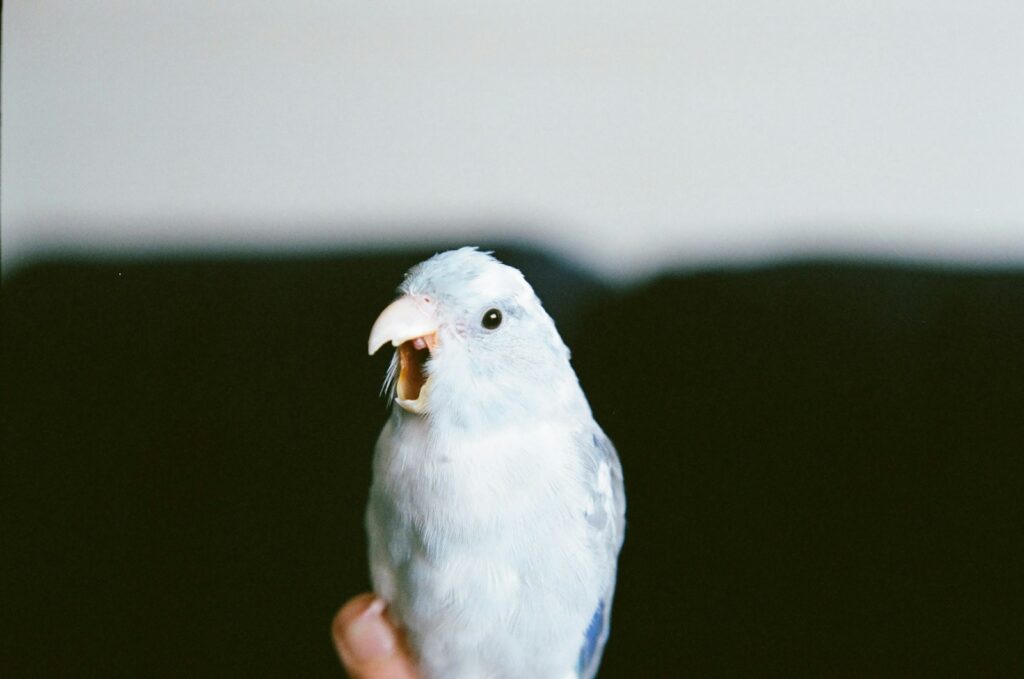
For bird owners without access to a helper, solo trimming is entirely possible with the right approach. The key is to work with your bird’s natural behaviors rather than against them. One effective technique is to provide a comfortable perch where your bird feels secure, then gently grasp them from behind with your non-dominant hand, supporting their body between your thumb and fingers. With your dominant hand, carefully extend one toe at a time and make a quick, decisive trim.
For smaller birds, you might find it easier to position them on their back in your palm, though this should only be done if your bird is comfortable with this position. Another solo method involves training your bird to allow foot handling while they remain on their perch, which works well for tame birds. Regardless of the specific technique, make sure to work quickly and confidently, as prolonged sessions increase stress.
The Perch Training Approach
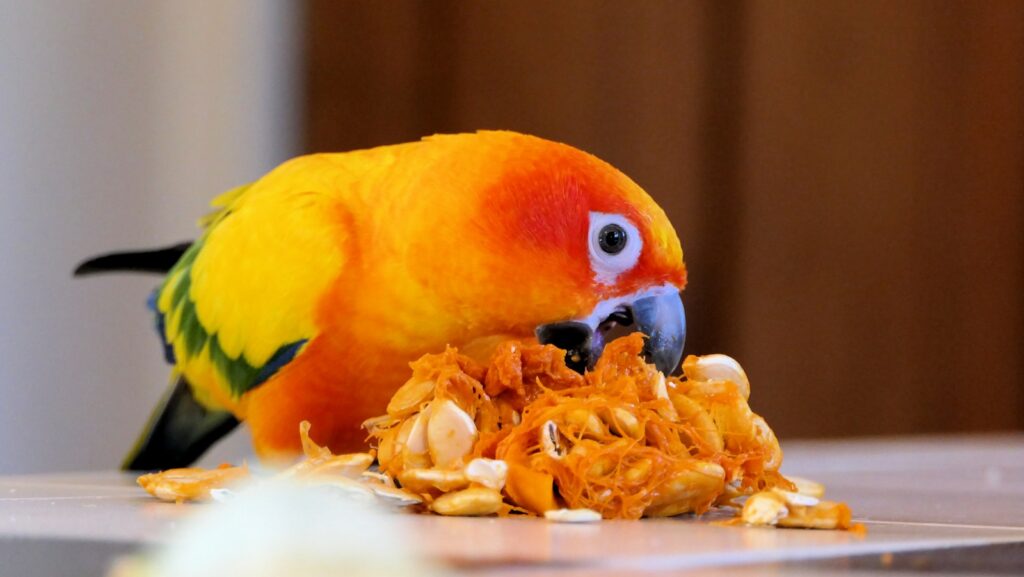
For particularly well-trained and calm birds, the perch training approach offers perhaps the least stressful nail trimming method. This technique involves teaching your bird to willingly present each foot while remaining comfortably perched. Begin by having your bird step up onto your finger or a special trimming perch. Once settled, gently grasp the foot with your free hand while keeping the bird balanced on its other foot. Use clicker training or treat rewards to reinforce the behavior of allowing you to hold their foot for progressively longer periods.
Eventually, your bird will learn to remain still on the perch while you carefully trim each nail. This method requires significant patience and consistent training, but the payoff is a remarkably stress-free trimming experience that maintains your bird’s sense of control and security.
Professional Assistance Options
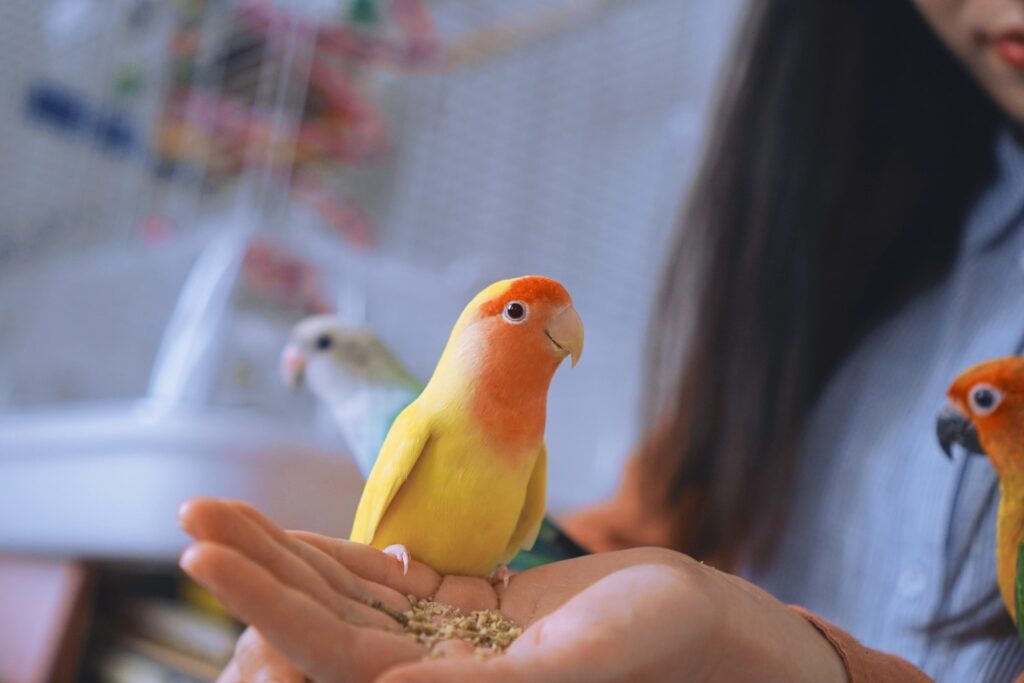
When home trimming proves too challenging or stressful, seeking professional help is a responsible alternative. Avian veterinarians are skilled at efficiently trimming nails with minimal stress to the bird and can demonstrate proper techniques that you might adopt at home. Many pet stores that specialize in birds also offer nail-trimming services, though it’s important to verify the staff’s experience with your specific species.
For birds that become extremely stressed despite all precautions, veterinarians can perform nail trims under mild sedation, though this is generally reserved for extreme cases or birds with health complications. Establishing a relationship with an avian-savvy professional provides not only nail trimming assistance but also creates a resource for other health concerns that might arise.
Handling Trimming Accidents
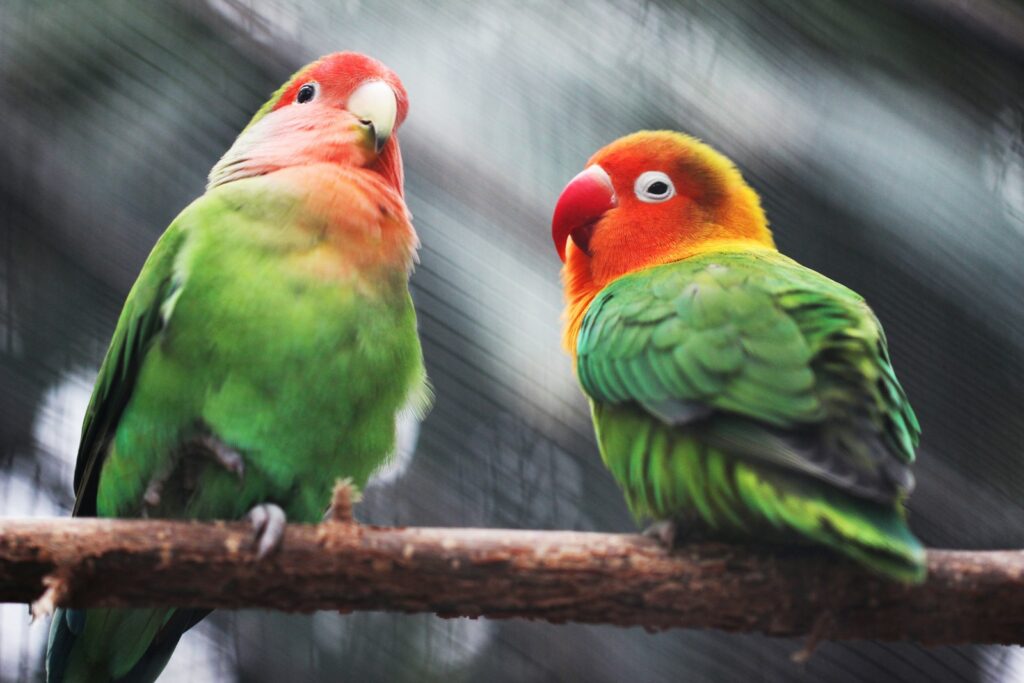
Despite the utmost care, accidents occasionally happen during nail trimming sessions. If you cut into the quick and bleeding occurs, immediately apply styptic powder to the nail tip by pressing it gently against the bleeding area. For minor bleeding, corn starch or flour can serve as a temporary alternative if styptic powder isn’t available. After stopping the bleeding, place your bird in a quiet, familiar environment where they can calm down without further stress. Monitor the nail for continued bleeding, infection, or signs that your bird is favoring that foot in the following days.
If bleeding doesn’t stop within a few minutes or if your bird appears to be in significant distress, contact your avian veterinarian immediately. Remember that how you respond to accidents matters—staying calm helps your bird remain calm as well.
Alternative Nail Maintenance Methods
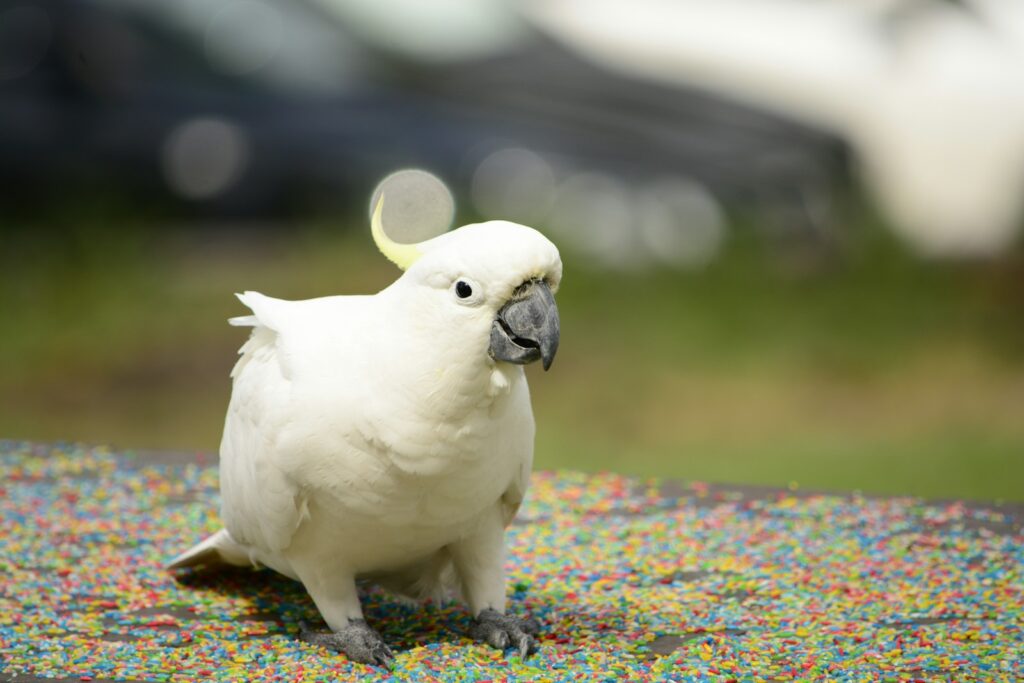
Beyond traditional clipping, several alternative methods can help maintain appropriate nail length while potentially reducing stress. Installing a variety of natural perches with different textures and diameters provides passive nail maintenance as your bird moves around its cage. Concrete perches or specially designed “pedicure perches” offer abrasive surfaces that naturally file nails, though these should be offered alongside regular perches to prevent foot strain.
Some bird owners find that filing with an emery board rather than clipping is less stressful for their birds, gradually shortening the nail without the risk of cutting the quick. Encouraging natural foraging behaviors by hiding treats in textured toys or providing digging opportunities can also help wear down nails naturally. While these methods shouldn’t completely replace periodic trimming for most pet birds, they can extend the time between required trims.
Post-Trimming Care and Positive Reinforcement
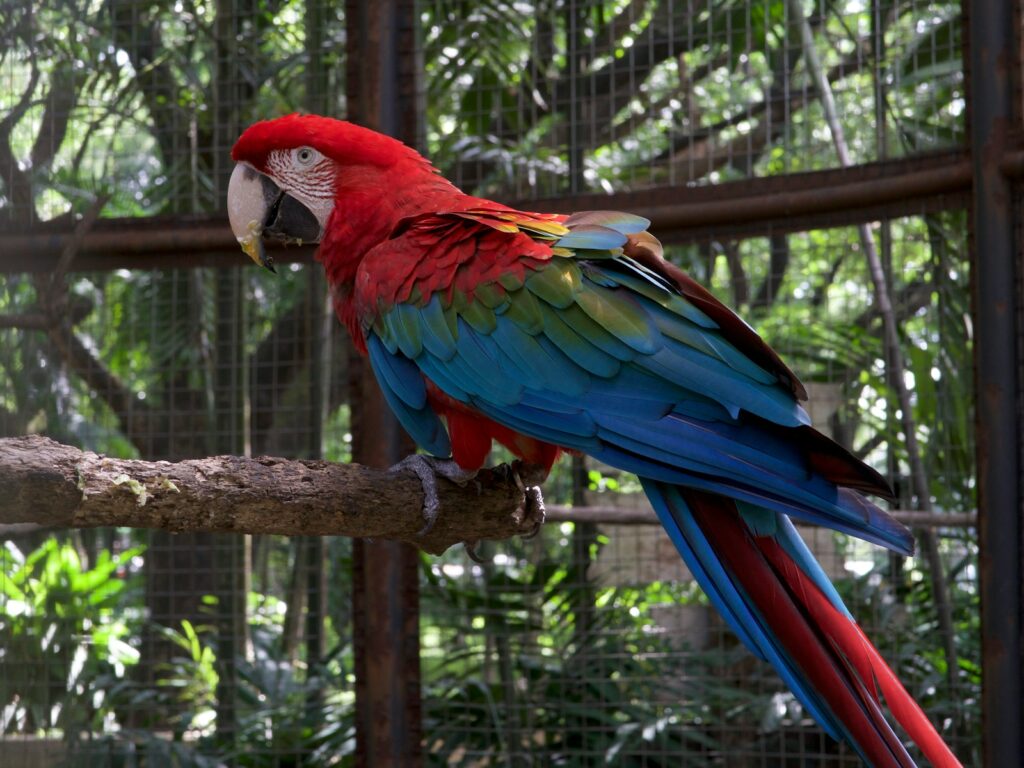
How you conclude a nail trimming session is just as important as how you begin it. Immediately after completing the trim, offer your bird their favorite treat and plenty of verbal praise to create a positive association with the experience. Return your bird to their familiar environment where they feel safe and can reorient themselves. Avoid additional handling or stressful activities for the remainder of the day to allow your bird time to recover from the experience.
Take a moment to observe your bird’s behavior after the trim—they should move comfortably and be able to perch normally with their newly shortened nails. Make notes about what worked well and what could be improved for the next session, as each trimming experience provides valuable information for refining your technique. Consistent positive reinforcement after each successful (even if imperfect) trimming session gradually builds your bird’s tolerance for this necessary procedure.
Maintaining your bird’s nail health doesn’t have to be a traumatic experience for either of you. By understanding the importance of proper nail length, preparing adequately, and approaching the task with patience and sensitivity to your bird’s comfort level, you can make nail trimming a manageable part of your pet care routine. Remember that each bird is an individual with unique preferences and tolerance levels, so be prepared to adapt your approach accordingly.
With practice and consistency, many birds eventually accept nail trimming with minimal stress, especially when they learn to associate it with positive outcomes like treats and praise. When in doubt, don’t hesitate to seek professional guidance from an avian veterinarian who can provide species-specific advice and demonstrate proper techniques. Your feathered friend’s foot health is worth the effort, contributing significantly to their overall well-being and quality of life.

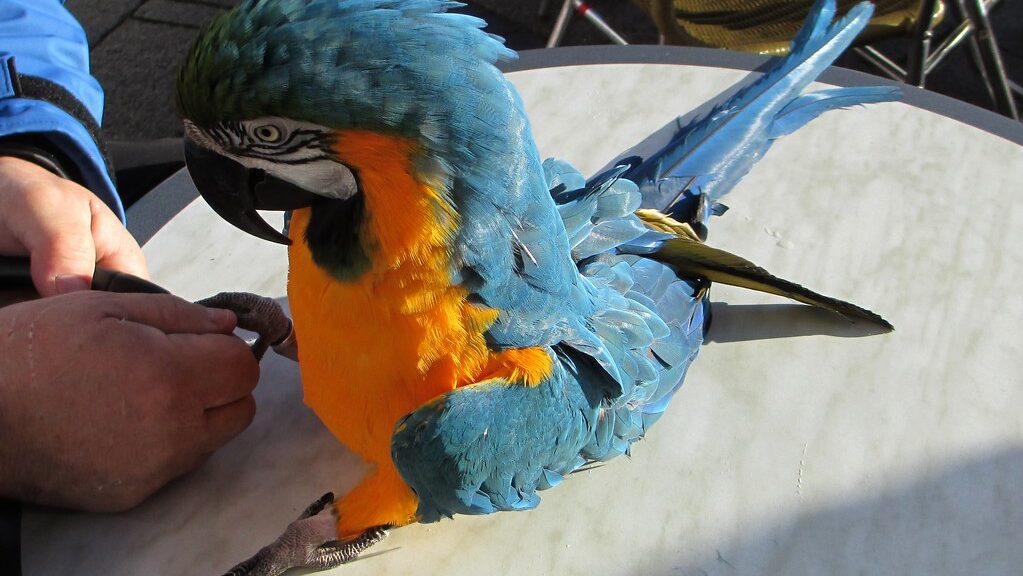
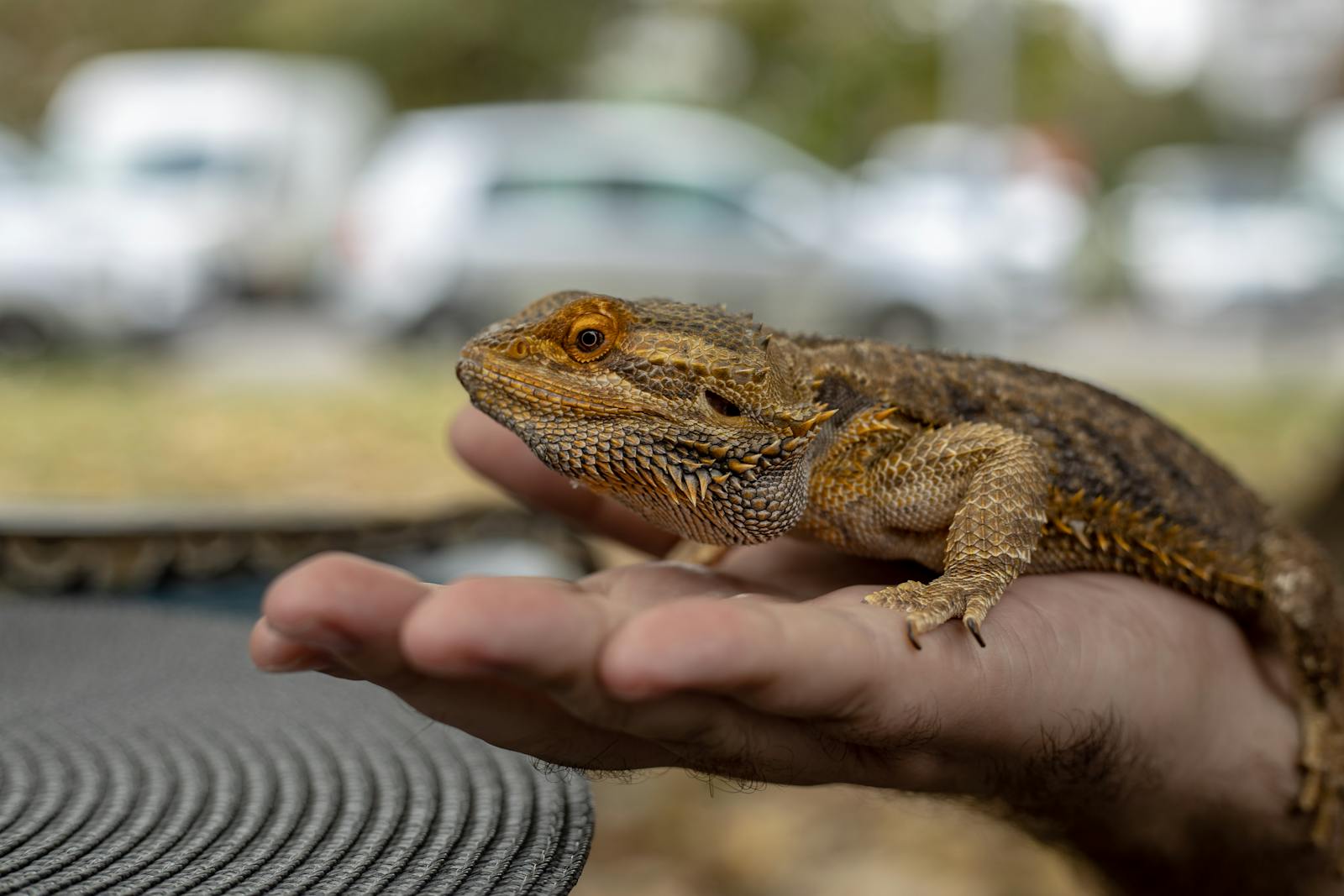
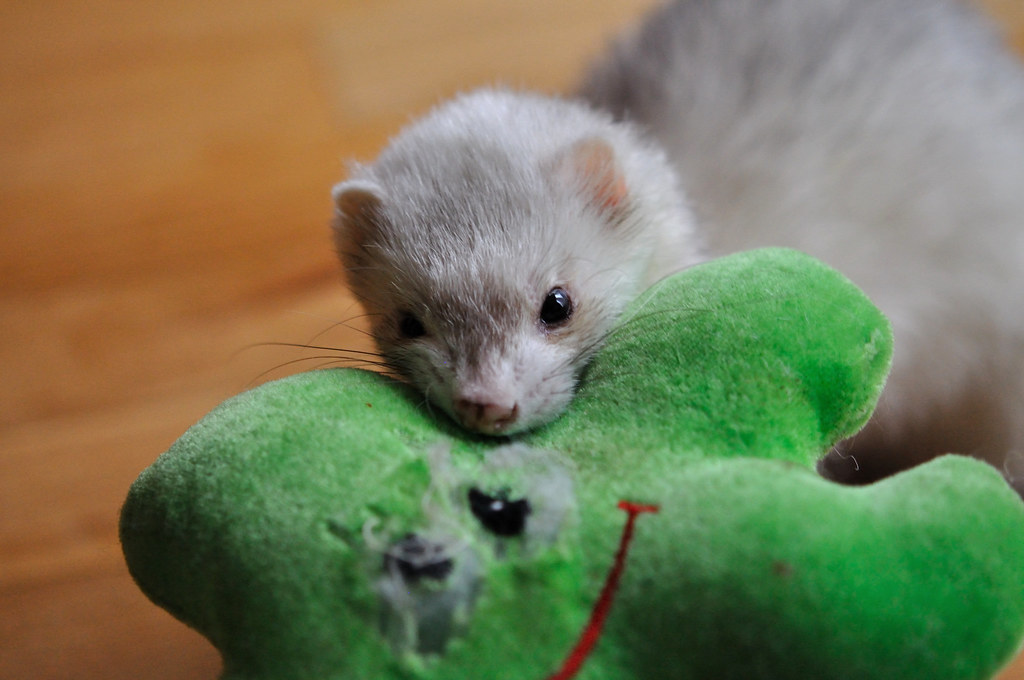
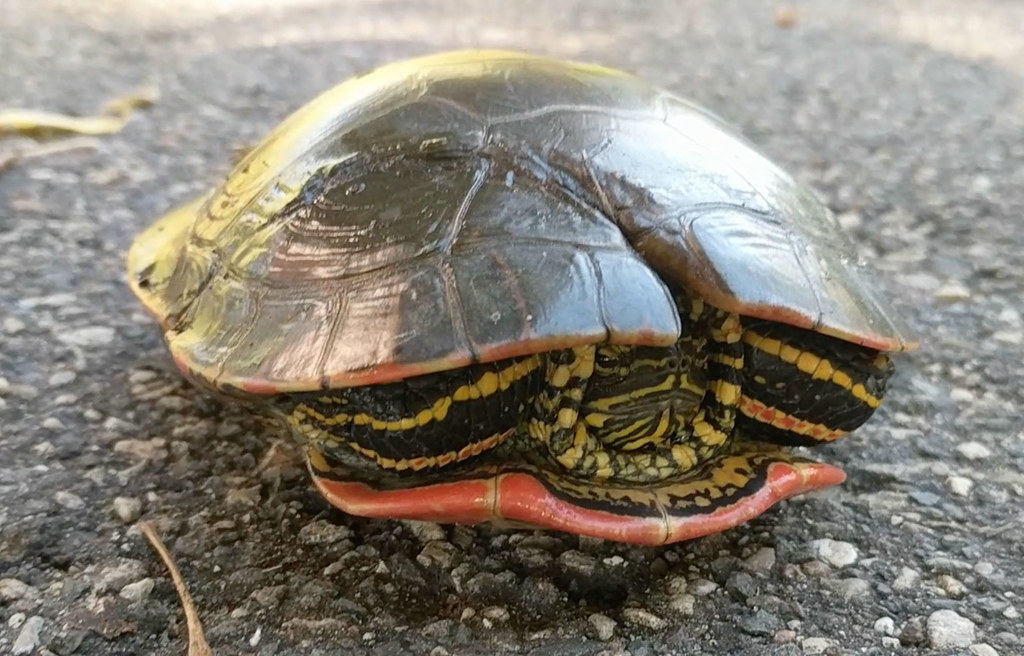




Leave a Reply